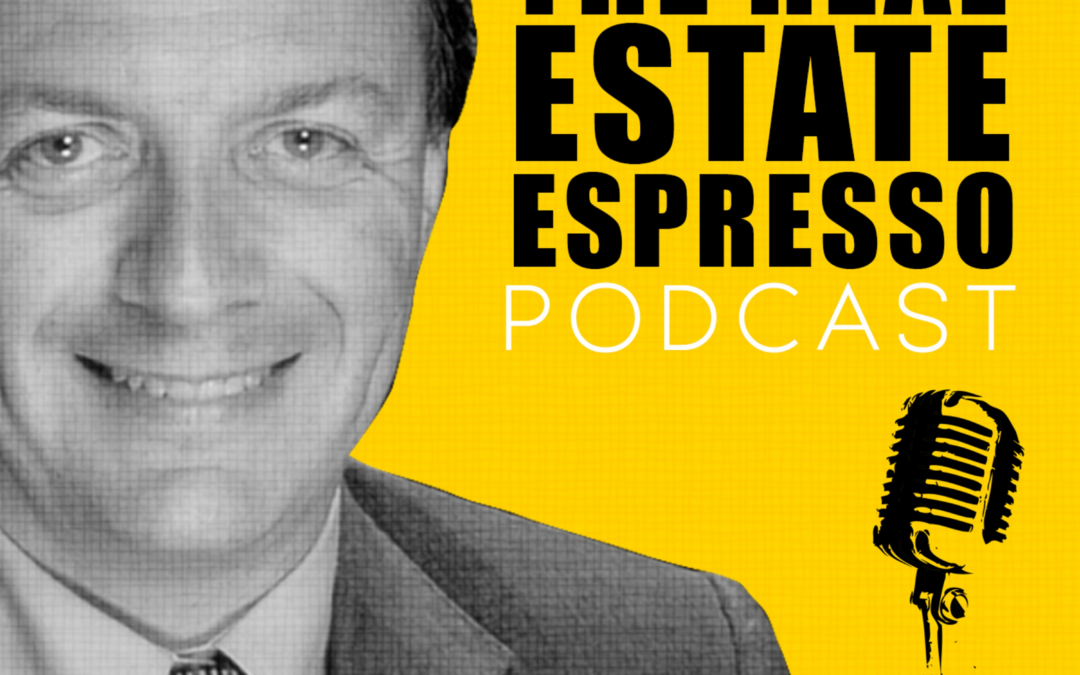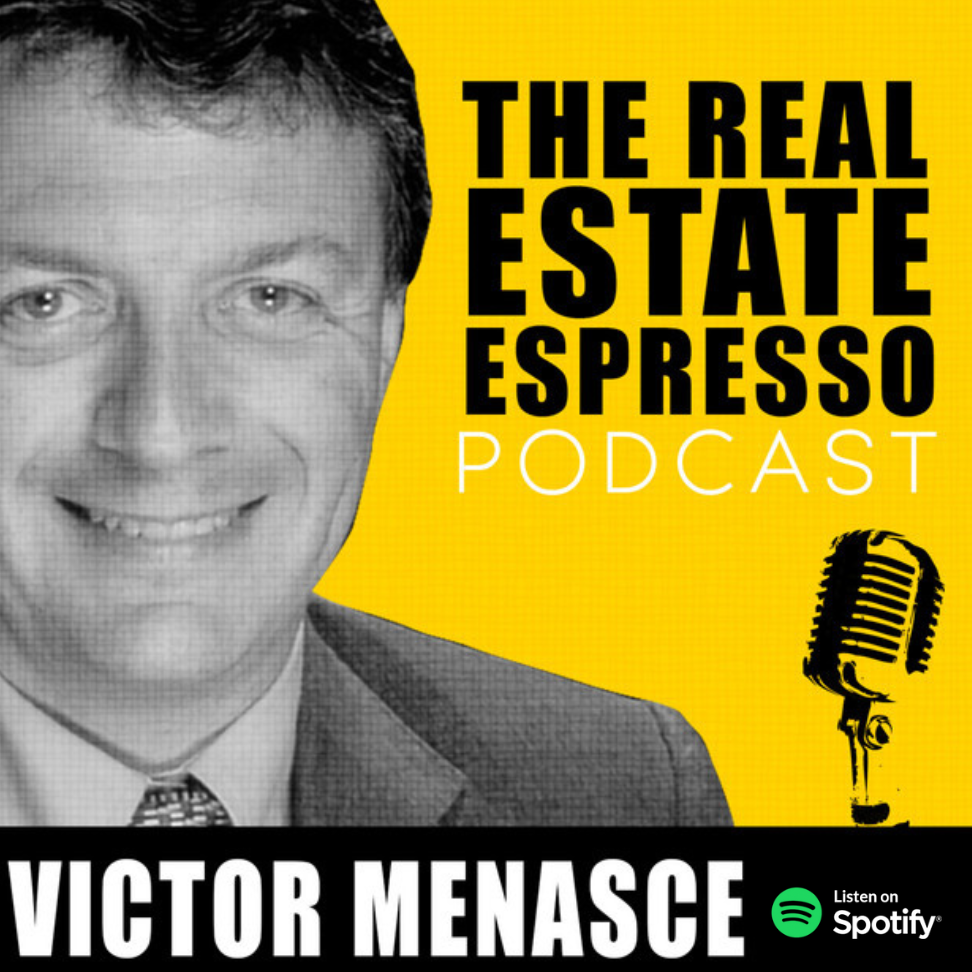On today’s show we’re talking about the difference between Main Street and The Fed.
The bailouts of the economy have been making headlines over the past month. The Federal Reserve has agreed to buy back hundreds of billions of in mortgage backed securities from the banks and from the mortgage insurers. They have allowed banks to temporarily drop their deposit reserves from the traditional 10% reserve to zero. Under normal times, that would mean the bank is insolvent, but not today. The Fed has their back.
The US Federal Government has pledged $2.7 trillion in bailout money since the end of March. The big question is who is getting the money, and more importantly, who is getting left behind?
Today in the Wall Street Journal, FHA director Mark Calabria was quoted as having said that he doesn’t plan to do much to help mortgage lenders outside the FHA umbrella where Fannie Mae, Freddie Mac, have a potentially large exposure.
Mr. Calabria, who heads the Federal Housing Finance Agency, is resisting pleas for help from lenders seeking relief as millions of Americans stop payments on their home loans, sending shock waves through the $11 trillion mortgage market.
He has said he is willing to stand aside even if some of the mortgage lenders fail, and he says there is plenty of capacity to move business out of failing firms and into healthy ones, if necessary.
His position offers a stark contrast to the rest of the federal government.
As part of the emergency stimulus package approved by Congress in late March, homeowners affected by the pandemic were allowed to suspend mortgage payments for up to a year without penalty.
As of last week, 3.4 million people had suspended payments, representing about $754 billion of unpaid principal, according to Black Knight, a mortgage-data and technology firm based in Jacksonville Florida. That represents about 6.4% of all residential mortgages out there.
If you look at the breakdown even further, we can see that Fannie and Freddie make up less than half (precisely 46%) of the loans where borrowers have stopped making payments. FHA and VA loans have the highest rate of non-payment at 8.9%. The remaining 22% of the loans in forbearance are made up of loans where the lender is a privately held or portfolio held.
I don’t have a problem with the notion that a bailout is coming. What I do have a problem with is the inconsistent application of the remedy. How can you protect 78% of the lenders, and then leave 22% of them out to dry? It’s not like the 22% private lenders did anything wrong. They took the same general risks as anybody else in the market. Arguably, they took less risk because they don’t have the leverage of being a bank where the banks loan out the same deposit another 9 times. Mortgage investment companies only loan out the money once. The same is true for issuers of bonds and insurance companies.
What Mark Calabria is saying is that he doesn’t care if individual main street investors lose money. The banks will happily purchase those distressed assets for pennies on the dollar.
The FHA position is alarming. If government isn’t going to help all lenders, just the ones they arbitrarily choose to help, this looks like a transfer of wealth.
I don’t want to see equity investors lose money in these market conditions and I don’t want to see private lenders lose money either.
Let’s say that a lender doesn’t get their interest payment for a month, or two, or three. Does that automatically mean that the lender is at risk of having a bad loan and losing their loan principal?
Not necessarily.
The question then becomes, how can private lenders work with their borrowers and stakeholder investors to provide the appropriate level of loan forbearance without risking the investor capital. This is clearly uncharted territory on a large scale.



